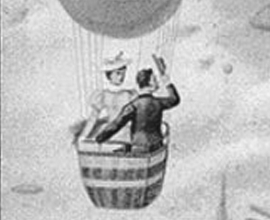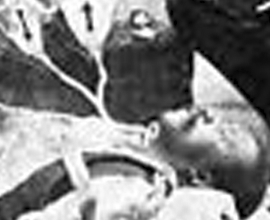
Over the past year I’ve work on two very different games, Cyber Run, a table top science fiction RPG set in the future, and Skilamalink, an online murder mystery set in Victorian England. As I just finished writing some back-story for Cyber Run, I thought this is a good time to share my process for creating settings for games.

As I have considered improving Cyber Run, a table top science fiction RPG set in the future, I’ve struggled with the idea of changing many of the systems to not include the twenty sided die. Table top game dice are mostly used in two ways, the face value of the die representing a number to be used, such as when damage is determined, the other is a pass or fail check, such as when an attack is made. You could imagine that this would require a coin toss instead of a die roll, but what is at the core of gaming mechanics are modifiers, modifying the player’s die roll value up or down depending on the ability of a character and the given situation. To include these modifiers we need something with more sides than a coin. A pass or fail check is easier to conceptualize if it is expressed in terms of a percentage of success.

There has been an on going controversy of the amount of violence in games which hasn’t diminished as game graphics has made the violence more realistic. Some worry for the mental health of the gamer, either because he or she may spend hours each day killing enemies or because children could be exposed to the horrors of violence.

Action Point systems in PC games are becoming more frequent in turn based combat. The advantage of implementing Actions Points for a turn based system is its simplicity and flexibility.

I’ve always liked stories with other dimensions. I mostly enjoyed the comic book Excalibur, written by Chris Claremont, because of its trans-dimensional adventures; the combination of the serious-minded characters finding themselves in strange and sometimes humorous situations was done well.





